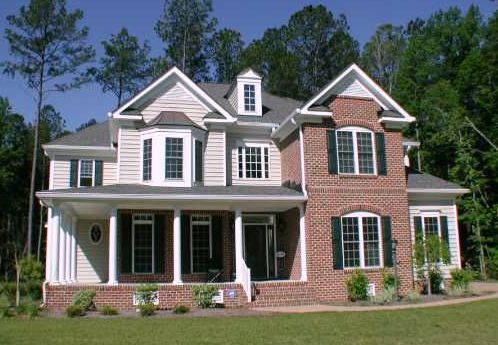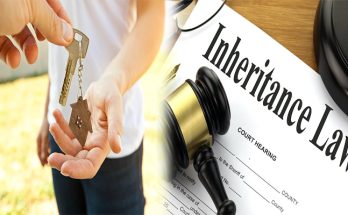 The remainderman have an interest in the house, but they do not have the appropriate to occupy it or rent it out. For instance, if A conveys land to B for the duration of the life of C, then B owns the land for as extended as C lives if B dies before C, B’s heirs will inherit the land, and will continue to own it for as extended as C lives. A life tenant can not mortgage the home, use it as collateral for a loan, or sell the house with no the remainderman’s consent.
The remainderman have an interest in the house, but they do not have the appropriate to occupy it or rent it out. For instance, if A conveys land to B for the duration of the life of C, then B owns the land for as extended as C lives if B dies before C, B’s heirs will inherit the land, and will continue to own it for as extended as C lives. A life tenant can not mortgage the home, use it as collateral for a loan, or sell the house with no the remainderman’s consent.
As in other states, the Florida Life Estate Deed offers the Life Tenant total use and ownership of the property for a certain period of time. If the life tenant of remainderman cannot afford the mortgage, or refuses to spend, the house is at threat of foreclosing.
If the grantee need to assign his interest, that taken by the assignee is referred to as an estate pur autre vie (i.e. ‘an estate for the life of an individual else’, namely the original grantee). For instance, there could be two grantors, three joint life tenants, and 1 remainder beneficiary.
For estate planning purposes, an person might make use of a life estate to offer for their spouse or elderly relative in the course of his or her life while still making certain that the property will pass to their children or other beneficiary.
For the reason that the property is not incorporated in the life tenant’s probate estate, it can stay away from Medicaid estate recovery in states that have not expanded the definition of estate recovery to consist of non-probate assets. But specific Medicaid guidelines apply to the obtain of a life estate in a child’s residence and tax consequences must be very carefully considered.




